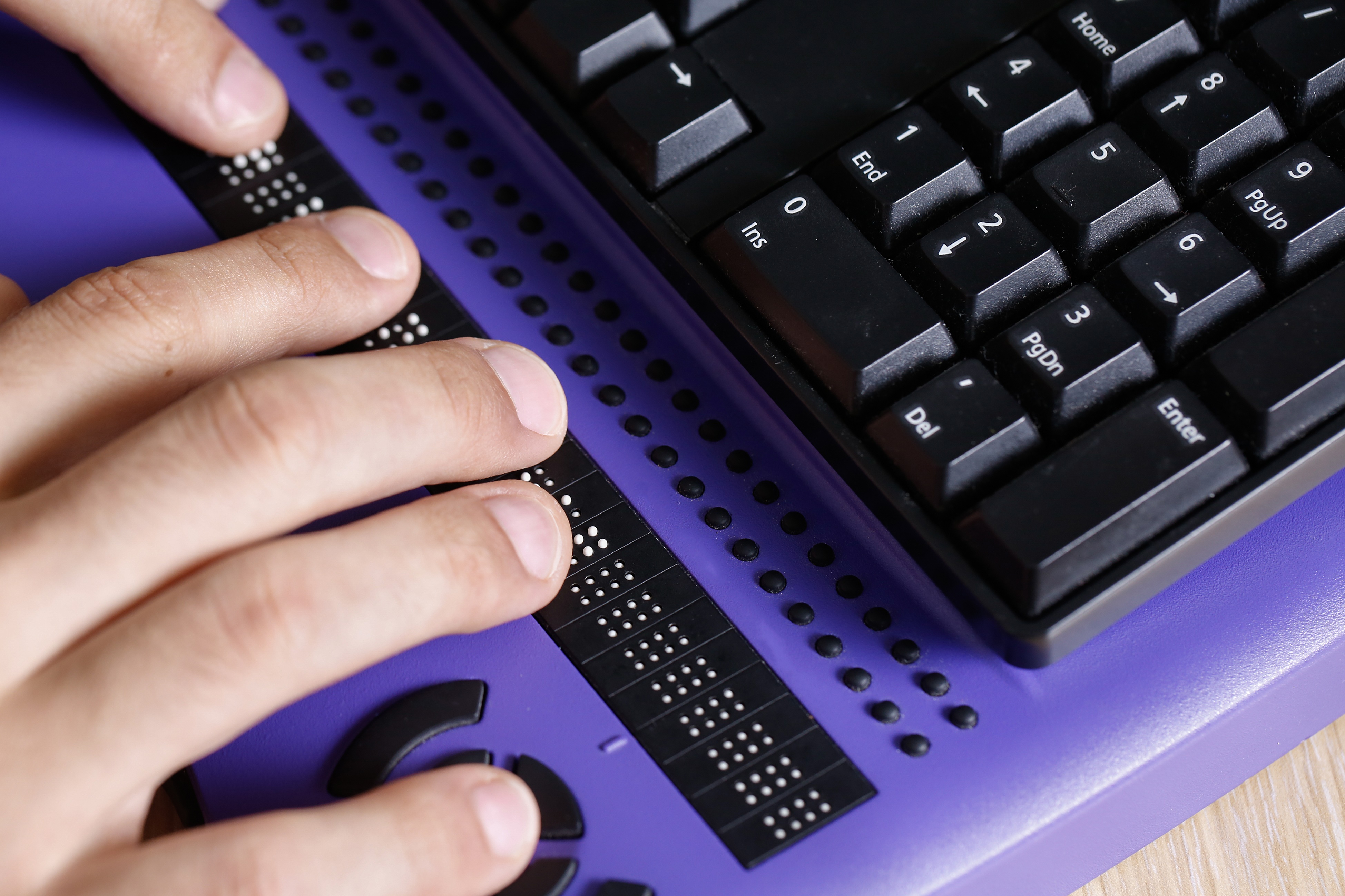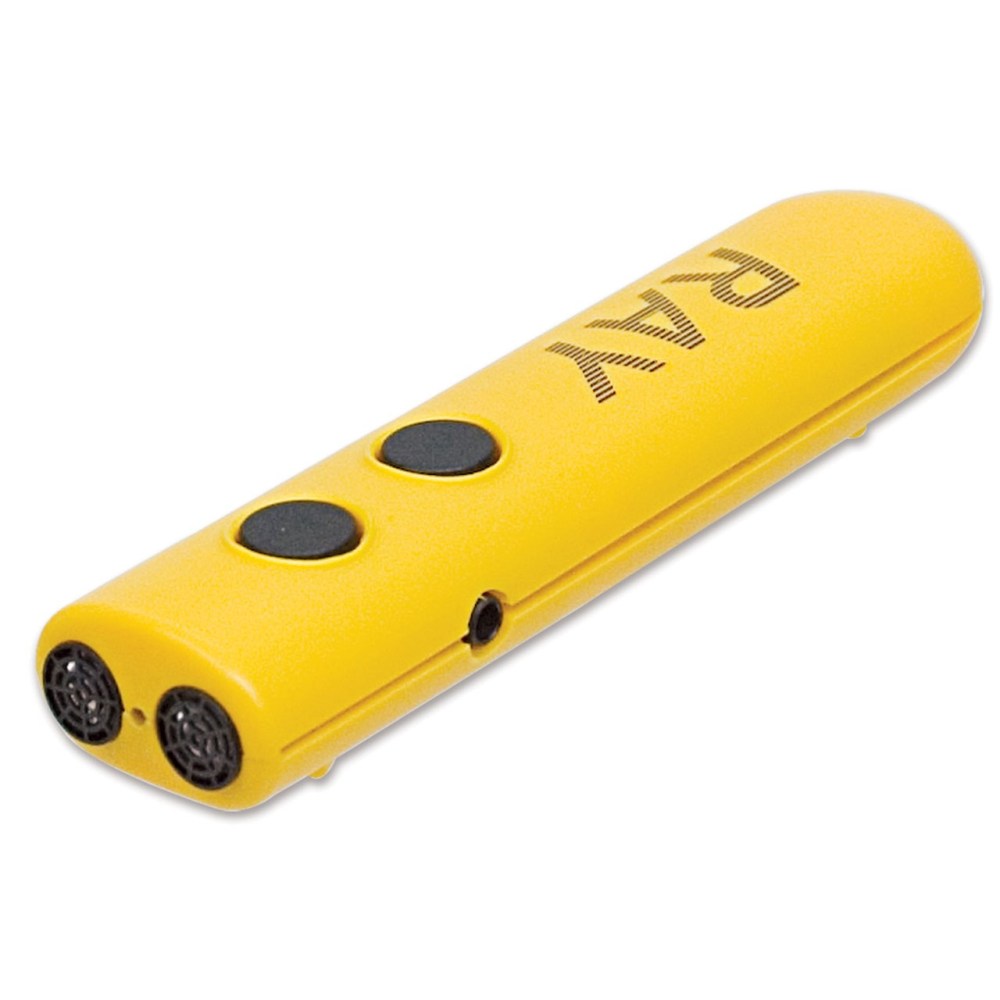Empowering Independence With Assistive Innovation for the Blind
The assimilation of assistive technology right into the lives of people with visual disabilities represents a substantial advancement in advertising freedom and self-sufficiency. From ingenious screen visitors to innovative wise walking sticks, these devices not only enhance daily navigation and interaction but likewise empower individuals to engage meaningfully in various facets of life. As we check out the myriad benefits and real-world applications of these innovations, it comes to be critical to take a look at the hidden aspects that add to their efficiency and the capacity for future developments in this crucial field.
Summary of Assistive Technology

The development of assistive modern technology is grounded in concepts of inclusivity and empowerment. Advancements in software, hardware, and sensory enhancements offer customers with choices customized to their specific requirements. From display visitors that convert text to speech, to responsive tools that share details via touch, these devices transform the means individuals involve with their surroundings.
In enhancement to functional applications, assistive modern technology cultivates higher social addition and involvement in different industries, including education and work (Voice-activated assistive devices). As r & d remain to develop, the potential for assistive technology to further improve the lives of visually impaired people stays promising, leading the way for a more fair culture where everyone can grow
Kinds Of Assistive Gadgets
A selection of assistive tools have emerged to support people with visual impairments, each created to satisfy details needs and enhance everyday functioning. These tools vary from low-tech services to modern advancements, providing varied alternatives for customers.
Low-tech gadgets consist of magnifiers and large-print materials that assist in reading and writing. Braille tools, such as Braille styluses and slates, enable tactile analysis and communication. Alignment and flexibility help, like white walking canes, help users browse their atmosphere securely.
On the greater end of the range, digital magnifying systems and screen viewers provide considerable support. Digital magnifiers enable individuals to expand message and pictures on displays, while display readers transform digital web content into manufactured speech, facilitating access to details on computer systems and smart devices.
Mobile phone applications also play a crucial function, supplying functions like text recognition and navigation assistance. Wearable technology, such as smart glasses furnished with enhanced fact, is arising as an encouraging tool to boost situational understanding.
Benefits of Assistive Innovation
The combination of assistive innovation significantly enhances the top quality of life for people with visual disabilities. These technologies empower customers by advertising independence, allowing them to browse their environments better and do everyday jobs with better simplicity. As an example, screen viewers and magnifying software enable people to gain access to digital details, cultivating academic and professional chances that might have previously been out of reach.
Moreover, assistive gadgets such as clever walking sticks and general practitioners applications provide real-time navigation support, boosting movement and safety. This increased autonomy not only boosts self-worth however likewise motivates social interaction, allowing customers to participate more totally in their neighborhoods.
Assistive innovation additionally facilitates communication, aiding individuals attach with others through voice recognition and text-to-speech applications. This capacity is essential for keeping partnerships and accessing essential information.
Furthermore, the personalization options readily available with several assistive innovations ensure that customers can tailor tools to their certain needs, better enhancing functionality and efficiency. On the whole, the advantages of assistive technology for people with aesthetic problems are extensive, advertising an extra inclusive society where everyone can pursue their goals and objectives.
Study and Success Stories
Highlighting the transformative impact of assistive innovation, various instance research studies illustrate how people with aesthetic disabilities have actually effectively incorporated these devices into their lives. One engaging example entails an university student that made use of screen analysis software to navigate on-line resources and academic products efficiently. This modern technology not only promoted her education however additionally boosted her self-confidence in joining discussions and team projects.
One more study includes a specialist that utilizes a smart device application made for navigating and object acknowledgment. By using this application, he has actually regained autonomy in both his personal and workplace, enabling him to commute independently and involve with coworkers better.
Furthermore, a senior citizen shared her experience with braille e-readers, which enabled her to access a vast selection of literary works and remain connected with her neighborhood with publication clubs.
These success stories highlight the vital duty of assistive modern technology in cultivating independence, boosting quality of life, and advertising social assimilation for people with visual disabilities (AI-powered visual aids). By accepting these ingenious tools, users can overcome obstacles and confiscate chances that add to their personal and expert satisfaction

Future Trends in Assistive Modern Technology
Development in assistive innovation is positioned to redefine the landscape of support for people with aesthetic disabilities. Emerging trends stress the assimilation of expert system (AI) and artificial intelligence, which enhance the performance of gadgets click for more that help with navigating and details availability. For instance, AI-driven applications are now capable of interpreting low cost glasses aesthetic data in real-time, allowing individuals to involve with their atmosphere much more individually.
In addition, the development of wearable innovation is progressing quickly. Smart glasses outfitted with increased reality (AR) can offer audio summaries of environments, changing just how users interact with public areas. These devices not only promote autonomy however likewise foster social inclusion.
Additionally, the Net of Points (IoT) is making homes smarter, enabling seamless connection between assistive devices and everyday appliances. This connectivity equips users by making it possible for voice-activated controls and automated responses tailored to specific demands.
Verdict
In verdict, assistive innovation plays an essential role in equipping people with visual disabilities by boosting their independence and engagement with their environments. The diverse array of gadgets and applications readily available not just facilitates navigating and interaction yet also advertises social integration and opportunities for expert and personal development. As developments proceed in this area, the capacity for improving the top quality of life for those with aesthetic problems will increase, promoting better autonomy and empowerment.
